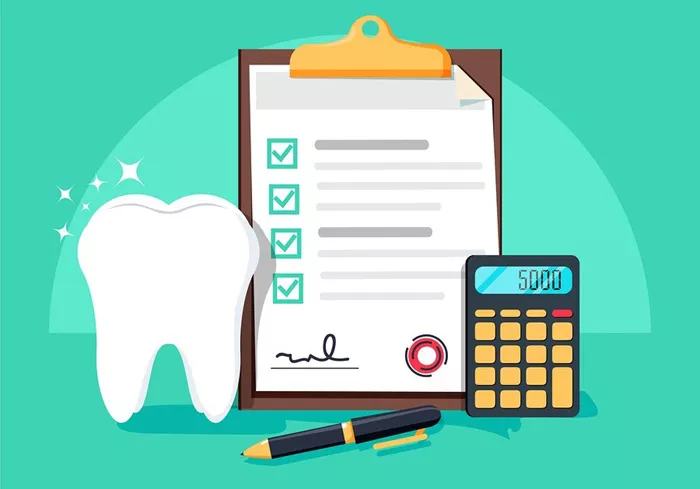Business insurance is a fundamental component of risk management for enterprises of all sizes and industries. This article provides a comprehensive overview of business insurance, covering its definition, types, mechanics, risk assessment, benefits, selection guidance, claims process, and common misconceptions.
Definition of Business Insurance
Business insurance refers to a set of insurance policies designed to protect businesses against financial losses resulting from various risks. These risks can include property damage, liability lawsuits, employee injuries, and other unforeseen circumstances that may disrupt operations or incur significant expenses.
Types of Business Insurance
General Liability Insurance:
Coverage: Protection against claims of bodily injury, property damage, and personal injury arising from business operations or products.
Commercial Property Insurance:
Coverage: Covers physical assets such as buildings, equipment, inventory, and other property against loss or damage from fire, theft, vandalism, and other specified perils.
Workers’ Compensation Insurance:
Coverage: Provides benefits to employees for work-related injuries or illnesses, including medical expenses, lost wages, and rehabilitation costs.
Business Interruption Insurance:
Coverage: Compensates for lost income and operating expenses if a business must temporarily close or relocate due to a covered peril, such as fire or natural disaster.
Professional Liability Insurance (Errors & Omissions Insurance):
Coverage: Protects professionals (e.g., consultants, lawyers, doctors) against claims of negligence, errors, or omissions in the course of providing services.
Cyber Liability Insurance:
Coverage: Covers expenses related to data breaches and cyberattacks, including legal fees, notification costs, and damages to affected parties.
How Business Insurance Works
Business insurance operates on the principles of risk pooling and premium payments:
Premium Payments: Businesses pay premiums to insurance companies based on the level of coverage and perceived risk.
Deductibles: The deductible is the amount the business must pay out of pocket before the insurance coverage kicks in.
Policy Limits: Each policy has specific limits on the amount of coverage available for different types of losses or claims.
Claims Process: When a covered incident occurs, the business files a claim with the insurance company, providing documentation and details of the loss.
Claims Processing: The insurer assesses the claim, investigates the incident if necessary, and determines the validity and amount of compensation owed.
Compensation: If the claim is approved, the insurer compensates the business for covered losses, either through reimbursement, repair, or replacement.
Risk Assessment
Insurance companies assess business risks through various factors:
Industry: Different industries have varying levels of risk exposure, influencing coverage options and premiums.
Business Size: Larger businesses may face higher risks and require broader coverage compared to smaller enterprises.
Claims History: A business’s past insurance claims and loss history impact future coverage options and premium rates.
Location: Geographic factors such as climate, crime rates, and regulatory environment affect risk assessment and insurance costs.
Benefits of Business Insurance
Business insurance offers several key benefits:
Financial Protection: Mitigates financial losses from unexpected events that could otherwise jeopardize business operations or assets.
Legal Compliance: Meets legal requirements for certain types of insurance, such as workers’ compensation, ensuring compliance with state and federal laws.
Peace of Mind: Provides assurance to business owners, employees, and stakeholders that potential risks are managed and covered.
Choosing the Right Insurance
Businesses should consider the following factors when selecting insurance policies:
Industry-Specific Needs: Tailor coverage to address industry-specific risks, such as product liability for manufacturers or malpractice insurance for healthcare providers.
Risk Assessment: Conduct a thorough assessment of business risks to identify critical areas requiring coverage.
Policy Options: Compare coverage options, deductibles, limits, and exclusions from multiple insurers to find the most suitable policies.
Consultation: Seek advice from insurance brokers or advisors specializing in commercial insurance to navigate policy complexities and ensure comprehensive coverage.
See Also: All You Need To Know About Professional Liability Insurance
Claims Process
The claims process typically follows these steps:
Report Incident: Immediately notify the insurer of any covered incident or potential claim, providing details and supporting documentation.
Documentation: Compile and submit documentation, such as incident reports, photographs, witness statements, and police reports, as applicable.
Investigation: The insurer investigates the claim, assessing its validity, and determining coverage based on policy terms and conditions.
Evaluation: Upon approval, the insurer calculates the amount of compensation owed to the business for covered losses.
Resolution: The insurer issues payment or arranges for repairs, replacements, or other agreed-upon forms of compensation to resolve the claim.
Common Misconceptions
Addressing misconceptions about business insurance can clarify its importance and functionality:
Cost vs. Benefit: Some businesses perceive insurance as an unnecessary expense, overlooking its critical role in risk management and financial protection.
Coverage Assumptions: Assuming that all potential risks are automatically covered without understanding policy specifics or exclusions.
One-Size-Fits-All: Believing that a standard insurance policy covers all aspects of business risk without considering industry-specific needs or additional coverage options.
Conclusion
Business insurance is an essential safeguard for businesses, offering protection against financial losses from diverse risks ranging from property damage to liability lawsuits. Understanding the types of coverage available, how insurance operates, risk assessment factors, benefits, selection criteria, claims procedures, and debunking common misconceptions empowers businesses to make informed decisions in managing their risk exposure effectively. By securing appropriate insurance coverage, businesses enhance resilience, compliance, and peace of mind in navigating the complexities of the modern commercial landscape.
[inline_related_posts title=”You Might Be Interested In” title_align=”left” style=”list” number=”6″ align=”none” ids=”2264,2260,1891″ by=”categories” orderby=”rand” order=”DESC” hide_thumb=”no” thumb_right=”no” views=”no” date=”yes” grid_columns=”2″ post_type=”” tax=””]




















